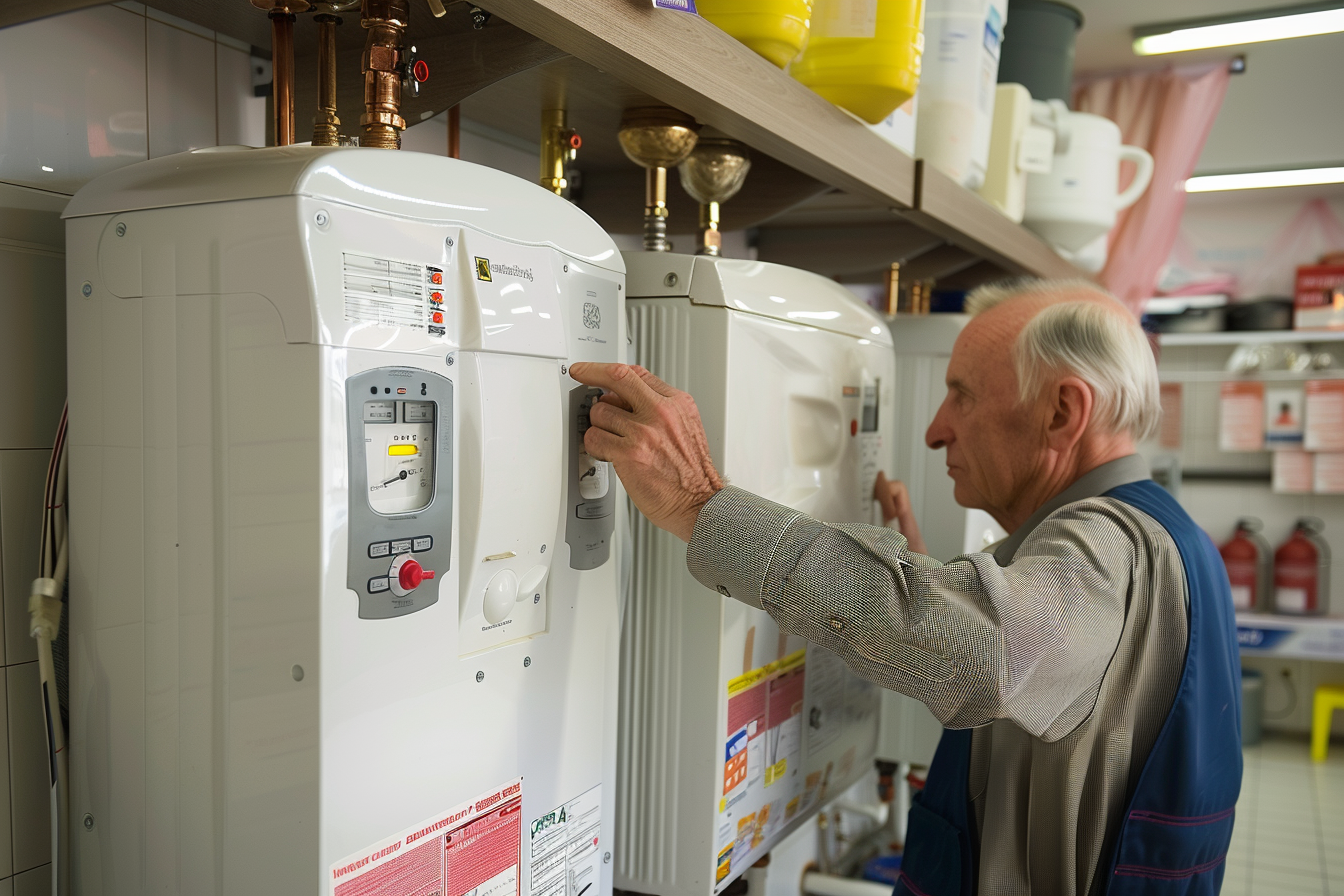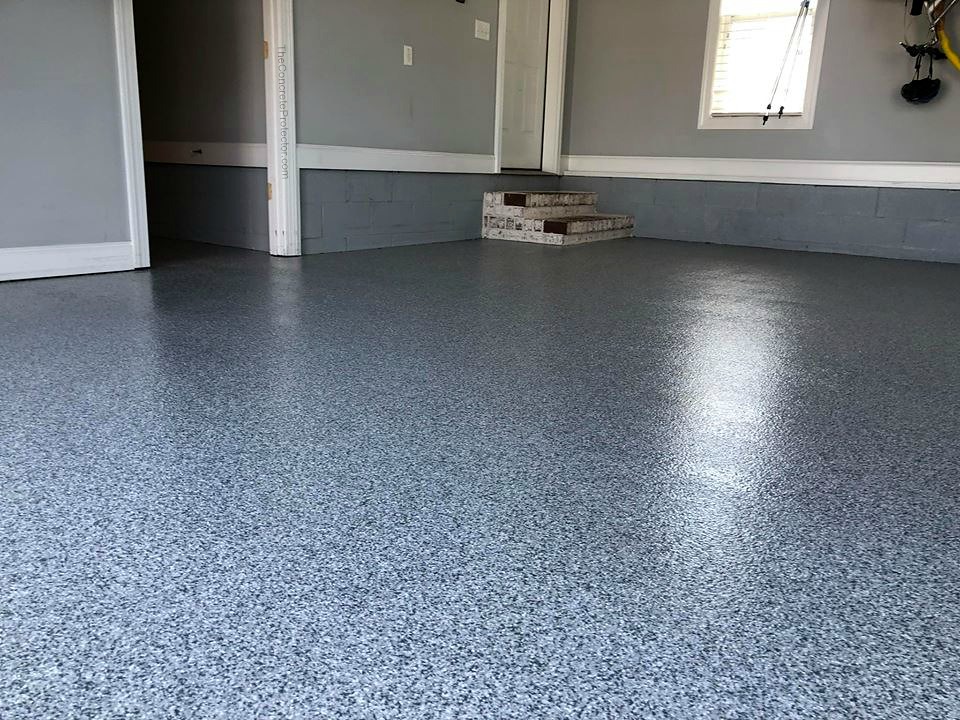Complete Guide to HVAC Systems and Services
Heating, ventilation, and air conditioning systems are essential components of modern homes and businesses, providing year-round comfort and indoor air quality control. Understanding HVAC basics, maintenance requirements, and replacement costs helps property owners make informed decisions about their climate control investments while ensuring optimal system performance and energy efficiency.

What Does HVAC Stand For and How Does It Work?
HVAC stands for heating, ventilation, and air conditioning - three interconnected systems that work together to regulate indoor temperature, humidity, and air quality. The heating component typically includes furnaces, heat pumps, or boilers that warm indoor spaces during cold weather. Ventilation systems circulate fresh air throughout buildings while removing stale air, moisture, and pollutants. Air conditioning units cool indoor spaces during hot weather using refrigeration cycles that extract heat from interior air and release it outside.
These systems operate through a network of ductwork, vents, and controls that distribute conditioned air throughout buildings. Modern HVAC systems often include programmable thermostats, air filters, and humidity controls that maintain comfortable indoor environments while optimizing energy consumption.
When Should You Search for HVAC Companies in Your Area?
Property owners should seek professional HVAC service when experiencing temperature inconsistencies, unusual noises, poor air quality, or rising energy bills. Emergency situations like complete system failures, gas leaks, or electrical issues require immediate professional attention. Regular maintenance scheduling typically occurs twice yearly - before heating and cooling seasons begin.
Local HVAC companies offer several advantages including faster response times, familiarity with regional climate challenges, and established community reputations. Many provide 24/7 emergency services, warranty support, and ongoing maintenance programs that help prevent costly breakdowns and extend equipment lifespan.
What HVAC Services Do Professional Companies Provide?
Professional heating, ventilation, and air conditioning companies offer comprehensive services including system installation, repairs, maintenance, and replacements. Installation services cover new construction projects, system upgrades, and complete replacements of outdated equipment. Repair services address component failures, refrigerant leaks, electrical issues, and mechanical problems that affect system performance.
Preventive maintenance programs include filter replacements, coil cleaning, refrigerant level checks, electrical connection inspections, and performance testing. Many companies also provide indoor air quality assessments, duct cleaning services, and energy efficiency evaluations that help optimize system performance and reduce operating costs.
How Do You Choose Quality HVAC Service in Your Area?
Selecting reliable HVAC service requires research into company credentials, customer reviews, and service offerings. Licensed and insured contractors demonstrate professional standards and financial protection for customers. Industry certifications from organizations like NATE (North American Technician Excellence) indicate technical competency and ongoing training commitment.
Customer testimonials, Better Business Bureau ratings, and online reviews provide insights into service quality and reliability. Established local companies often offer better accountability and community connections than national chains. Request detailed estimates, warranty information, and service guarantees before making final decisions.
Key HVAC Facts and Regional Considerations in America
The United States HVAC market represents approximately 40% of total building energy consumption, making system efficiency crucial for environmental and economic reasons. Regional climate variations significantly impact system requirements - southern states prioritize cooling capacity while northern regions emphasize heating efficiency. Energy Star certified equipment can reduce utility costs by 15-20% compared to standard efficiency models.
Modern heat pump technology works effectively in temperatures down to 0°F, making them viable heating solutions in most American climates. Smart thermostats can reduce energy consumption by 10-15% through automated scheduling and learning algorithms. The average American home replaces HVAC equipment every 15-20 years, though proper maintenance can extend system lifespan significantly.
New AC Unit Cost and Service Provider Comparison
Understanding new air conditioning unit costs helps homeowners budget for replacements and compare service options. Installation expenses vary based on system size, efficiency ratings, and local labor rates.
| System Type | Provider Example | Cost Range | Key Features |
|---|---|---|---|
| Central AC (3-ton) | Carrier/Trane/Lennox | $3,500-$7,000 | Whole-home cooling, 14-21 SEER ratings |
| Ductless Mini-Split | Mitsubishi/Daikin | $2,000-$5,000 | Zone control, high efficiency, easy installation |
| Heat Pump System | Rheem/American Standard | $4,000-$8,500 | Year-round comfort, energy efficient |
| Window Units | LG/Friedrich | $200-$800 | Single room cooling, budget-friendly |
Prices, rates, or cost estimates mentioned in this article are based on the latest available information but may change over time. Independent research is advised before making financial decisions.
Labor costs typically add $1,500-$3,000 to equipment prices, depending on installation complexity and regional wage rates. High-efficiency systems qualify for federal tax credits and utility rebates that can offset initial investments. Professional installation ensures warranty coverage and optimal system performance.
Making Informed HVAC Decisions
Proper HVAC system selection, maintenance, and service provider choice significantly impact long-term comfort, energy costs, and system reliability. Regular professional maintenance, timely repairs, and strategic system upgrades help maximize equipment lifespan while minimizing operating expenses. Research local service providers thoroughly, obtain multiple estimates for major projects, and prioritize energy-efficient equipment that provides long-term value through reduced utility costs and improved indoor comfort.




